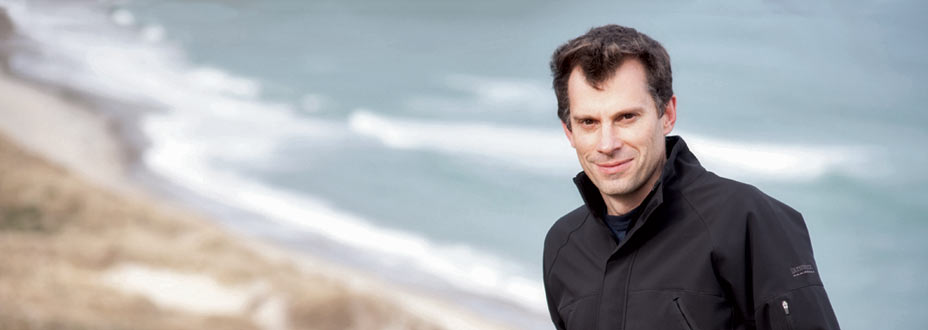
Audit measures human impact
It has long been known that human habitation has had a dramatic effect on New Zealand's flora and fauna, but new research aimed at providing an audit of our prehistoric animal species is revealing some unexpected results.
Professor Jon Waters: "Humans have eliminated nearly half of our original native bird species…"
Professor Jon Waters' (Zoology) three-year project is expected to reveal the impact of human arrival on native New Zealand species and initial findings show that human-related extinctions have been widespread.
“Since their arrival, humans have eliminated nearly half of our original native bird species and, of the remainder, a large proportion are threatened.”
More unexpectedly, research indicates that several of our "native" species are new arrivals, having introduced themselves in the last few centuries. These current animal populations, which were once assumed to have survived the arrival of humans, are actually exotic species that have apparently filled niches left by declining and extinct mainland populations.
New research conducted by PhD student Catherine Collins suggests that the sea lion currently present on the Otago Peninsula is genetically distinct from New Zealand's prehistoric sea lion.
“They were once found all around New Zealand, but after humans arrived there was an extinction and re-colonisation event. The current animals are from the sub-Antarctic population which is creeping back to mainland New Zealand.”
Waters explains that human protection can enable species to re-establish themselves in New Zealand.
“Potentially a full audit could alter future conservation policy. I think it teaches us that if species have gone extinct and been replaced it is a dynamic system, but also that if we change our ways nature can recover to some extent.”